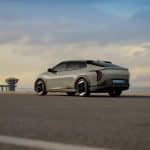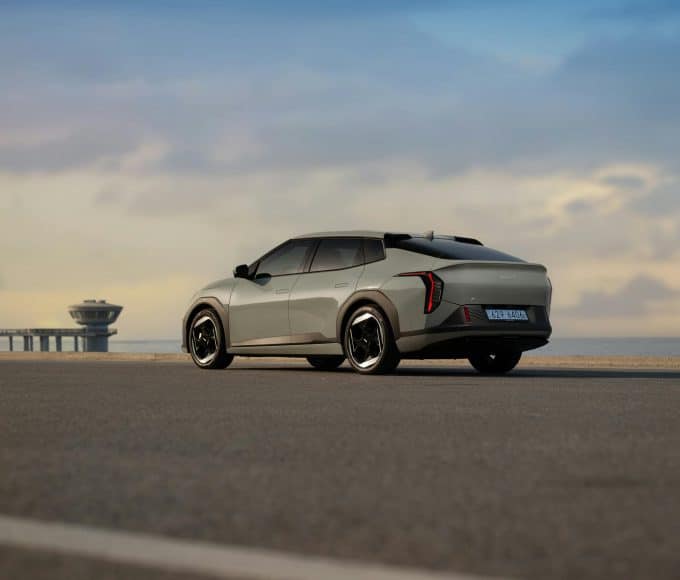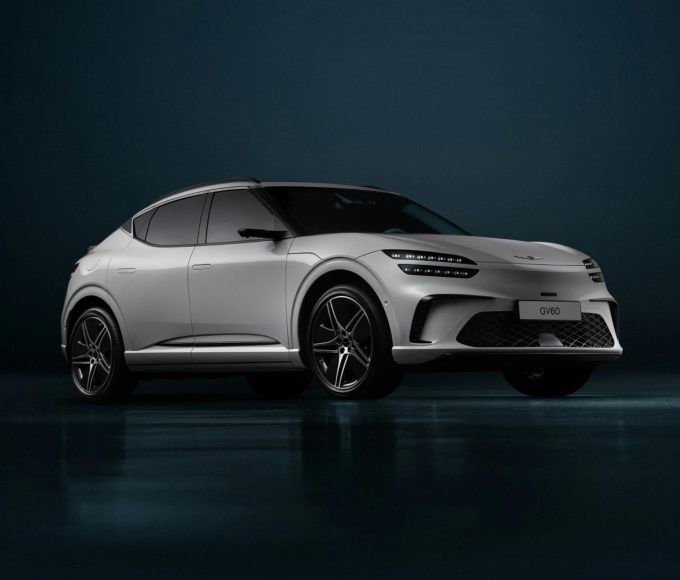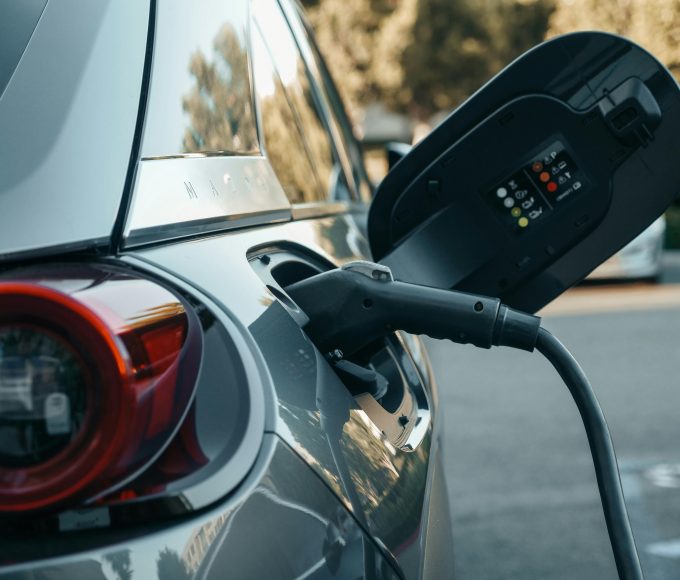A Brief History of Electric Vehicles
Electric vehicles have been around for a long time, despite the fact that the overall population imagines that electrically controlled vehicles are an ongoing creation. This is on the grounds that just as of late, EV’s have been considered as conceivable options in contrast to vehicles with gas burning motors, with an end goal to decrease pollution and our global footprint.
Unfortunately, battery technology was not advanced enough to justify further development of these types of vehicles in the past. It was not until the late 1890’s that the first true passenger electric vehicle was built by William Morrison in the US. In fact, in the years 1899 and 1900 electric vehicles were more popular than other type of vehicle, like gasoline and steam-powered vehicles.
In the 1900s electric powered vehicles had many advantages over their competitors. They didn’t have the smell, vibration, or noise of gasoline vehicles. Also, changing gears on gasoline vehicles was the most complicated part of driving, while electrical automobiles did not require gear changes. Steam-powered cars additionally had no gear shifting, but they suffered from long start-up times of up to 45 minutes on cold early mornings.
Steam vehicles had less range before requiring water than an electric vehicle’s range on a single charge. The best roads of the period were in towns, restricting most travel to local commuting, which was well suitable for electric vehicles since their range was limited. The electric car was the preferred alternative for many because it did not require one to manually turn the hand crank to start the engine and there was no wrestling with a gear shifter to change gears.
But the popularity of the electric car quickly came to an end. With better roads being built not only within cities but also connecting them, the need for longer range vehicles grew. This made the electric car an impractical means of transportation for the near future.
How cold weather affects electric vehicles
Cold climate presents two primary difficulties for electric vehicles: cold air limits battery execution, and running the warmer depletes the battery. As temperatures go underneath solidifying, a few drivers familiar with voyaging 250 miles on a solitary charge have seen their vehicle’s range drop to 180 miles. Drivers in extraordinary atmospheres may see the range decline considerably more. This may compel drivers to pick vehicles with greater batteries than they would require in the late spring, adding $10,000 or more to the expense of the cars.

There are a few estimates drivers can take to enhance an EV’s range. With existing batteries and warmers, some loss of range is inescapable. Analysts are taking a shot at mechanical fixes that won’t be prepared for a considerable length of time.
Cold temperatures principally influence how rapidly the vitality can be removed from the battery or set back in—that is, how much power it can convey for quickening, and how rapidly it tends to be revived. To make up for this, automakers sometimes go through an electric warmer to warm the battery. On the off chance that that warmer is fuelled by the battery itself, it utilizes vitality that generally would go to moving the vehicle. Nissan’s Leaf is one such vehicle.
Tesla adopts an alternate strategy. When you begin driving, warmth produced by the engine is utilized to warm up the battery. This methodology is progressively effective since it employs squander warm instead of power. Be that as it may, it requires a long time to work because the engine doesn’t deliver much warmth. Therefore, it may take a few minutes before the battery is sufficiently warm enough to give full, increasing speed.
A chilly battery additionally constrains regenerative braking, which utilizes the force of the vehicle to charge the battery and help increment its driving extent. Regenerative braking siphons a lot of vitality into an accumulator; since this can harm the battery at cold temperatures, the Model S doesn’t utilize regenerative braking until the point that the battery heats up. (To maintain a strategic distance from these points of confinement on power and regenerative braking, Tesla’s central specialized officer, JB Straubel, suggests setting the clock on the vehicle’s battery charger with the goal that it gets done with charging directly before you begin driving, since the charging of the battery additionally warms it up.)

One way specialists may, in the long run, enhance cold climate execution is to expand the conductivity of the electrolyte in the battery, says Jeff Dahn, a teacher of material science and science at Dalhousie University. The test is that exceptionally conductive electrolytes accessible presently probably won’t last the lifetime of a vehicle. Diminishing the measure of the particles that make up the terminal materials can likewise help, by decreasing the separation that particles need to go through strong material. In any case, smaller particles can similarly be all the more synthetically responsive, so battery creators need to find a way to guarantee that such batteries are protected.
The most significant decrease in climate driving extent originates from utilizing the warmer.
Gas motors are wasteful, so they deliver a lot of waste warmth that is utilized to warm passengers. However, electric engines don’t create much heat since they are instrumental. That is the reason electric vehicles regularly employ electric radiators to keep passengers warm.
Preheating the vehicle while it’s connected (which should be possible through a cell phone application) can decrease the deplete on the battery. However, that probably won’t be a choice on excursions when somebody may need to stop medium-term at an inn. Vehicles like the Leaf and Model S have electric seat radiators, which can make passengers feel warm without spending a ton of vitality warming the air in the car. Nissan is beginning to offer a warmer that utilizes 20 percent less energy, enhancing cold climate go.
















